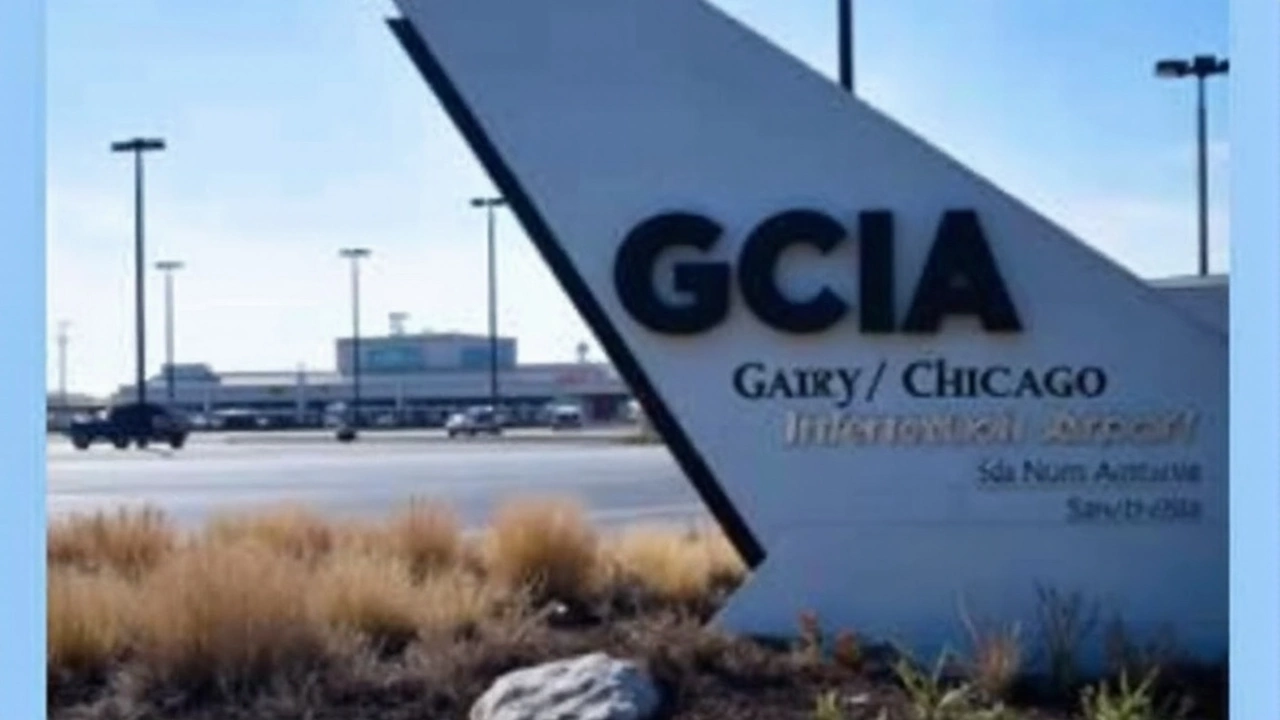New Leadership Picks for 2025‑2029
In September 2025 the Gary/Chicago International Airport Authority revealed its latest slate of members, set to serve until August 31, 2029. The seven‑person board is a blend of state‑appointed and locally‑selected officials who together steer every major decision at the airport – from runway upgrades to budget allocations.
Four of the new seats were filled by the City of Gary’s mayoral office. Stephen Mays, a longtime community organizer, will sit as Vice President. He joins William Godwin, Tyrone Hamilton, and Dr. Vanessa McCloud, each bringing experience in municipal planning, economic development, and public health. Their four‑year terms will run in parallel with the authority’s existing members, creating a majority of locally‑sourced voices.
- Stephen Mays – Vice President
- William Godwin – Member
- Tyrone Hamilton – Member
- Dr. Vanessa McCloud – Member
Two seats remain occupied by appointees from the Governor’s office and the surrounding counties. Tom Collins Jr., representing Porter County, continues as Secretary, while Philip Mullins holds the Lake County seat. Both are midway through their 2021‑2025 terms and will stay on until the new appointments officially replace them.
Notably, the Chairman’s chair is still empty. The position, originally filled by a governor‑designated official for the 2021‑2025 cycle, has not yet been reassigned, leaving the board to operate under an interim leadership structure.
Why the Changes Matter for Regional Growth
The timing of these appointments is far from accidental. Over the past few years the Gary/Chicago International Airport has transformed from a modest regional hub into a focal point for large‑scale investment. An interstate compact between Indiana and Illinois grants the airport a unique governance model, allowing it to tap federal and state funds that are often out of reach for typical municipal airports.
Recent projects illustrate the momentum. A $150 million runway extension, completed in early 2025, now accommodates wide‑body jets and positions the airport as a viable alternative to Chicago’s congested O’Hare. Adjacent to the runway, a new cargo logistics park is under construction, promising to create hundreds of jobs in warehousing, freight handling, and transportation services.
Beyond hardware, the authority has secured a $75 million infrastructure grant aimed at modernizing navigation systems and upgrading the terminal’s sustainability features. The grant, combined with private‑sector partnerships, is expected to generate an estimated $500 million in economic activity over the next decade.
With these investments underway, the newly appointed members will face a packed agenda: finalizing the airport’s master plan, overseeing the rollout of a renewable‑energy program, and negotiating additional airline routes to boost passenger traffic. Their local ties are especially valuable, as community stakeholders demand that growth translate into tangible benefits for Gary and the broader Northwest Indiana area.
Analysts also point to the authority’s role in regional transportation equity. By expanding air service options, the airport can reduce travel costs for local businesses and provide residents with greater connectivity to global markets. The board’s decisions on fee structures, gate allocations, and incentive programs will therefore have ripple effects across the region’s economic landscape.
In short, the fresh cohort of leaders steps into a period of unprecedented opportunity. Their ability to balance fiscal prudence with aggressive development will dictate whether the Gary/Chicago International Airport fulfills its promise as a catalyst for prosperity in Indiana’s industrial heartland.
